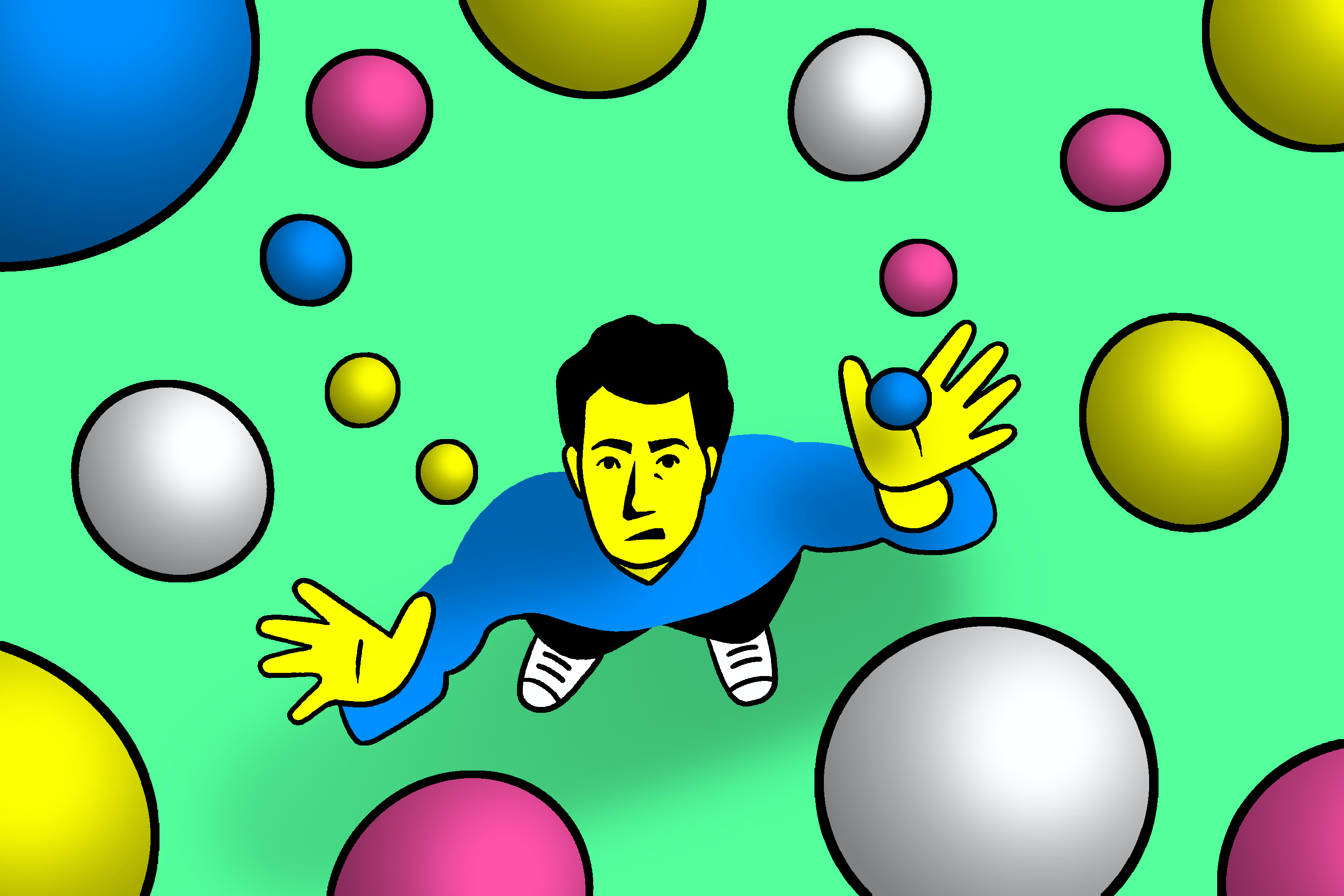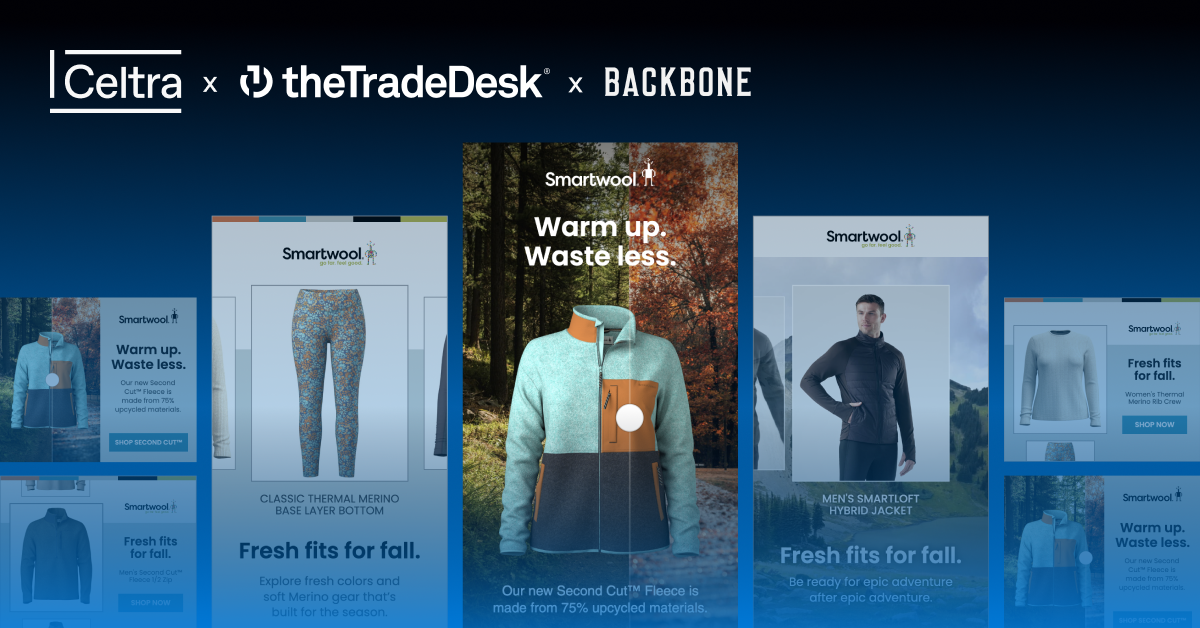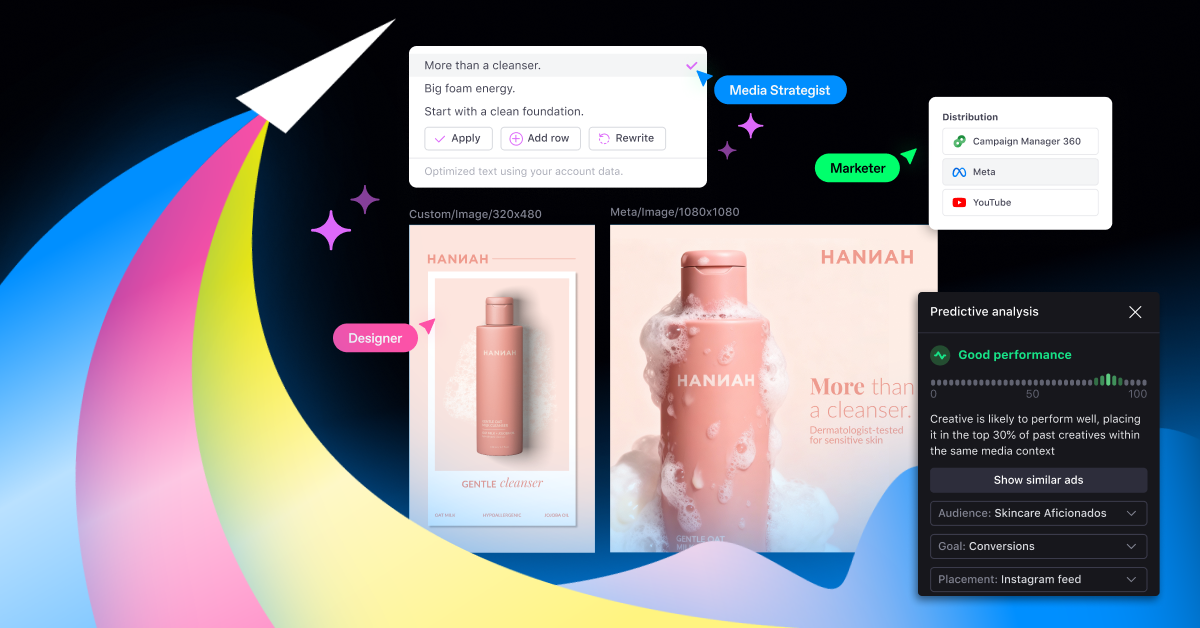Marketers own the plan, performance and growth teams focus on the bottom line, but it’s the creative leaders who cross the bridge between idea and reality. These are the creative visionaries who know how even the most subtle of nuances – like a specific shape, color and composition – determine whether someone wants to buy into your brand. It’s equal parts understanding consumer behavior, as much as it is putting pen to paper (or in our case, mouse to screen/s). We recently sat down with Ukiah Pearson and Dave Ricculli, our Celtra solutions consultants (and designers), on how to get the most out of your creative with a little help from marketing automation.
How can creative leaders overcome scaling challenges when producing for different media plans?
Time is the biggest challenge when scaling, especially with multiple formats, sizes and regions – and all of the revision rounds in between. The moment it becomes manual, you’re at risk of running into inconsistencies, simply due to human error. Then, there are simple inventory issues, like identifying and storing away assets so that they can be easily retrieved later. When scaling designs, art board files in Photoshop can also quickly blow up in size because of the sheer amount of variants.
Why is it important to maintain quality across scaled creative?
Consistency across the funnel is not only paramount to your brand equity, it is also a performance lever for driving digital marketing results. When scaling creative, all of your messaging and animation should be aligned. Throw in a few designers working on the same project, and it’s critical that everyone is on the same page. Creative Automation technology makes it a win-win for both design and performance marketing teams. It empowers designers to create high quality creative in a fraction of the time.
What are the typical design woes you hear from customers around scaling creative and design integrity?
We sound like a broken record but…time and resources. Cross-functional team collaboration becomes more complicated since more assets demand more external teams to design it. This leads to burnout as more often than not, creative directors don’t have the budget to continue adding to their headcount. They need to turn to technology to fill the ever-growing content gap between the creative advertising assets they need and the resources they have to produce those assets.
How does Creative Automation solve quality issues in scaling?
There are many ways you can maintain design integrity both in the template phase and through using Content Feeds. Creative Automation (CA) was engineered to support assets at scale – the more, the merrier. Designers can create assets at 3x the usual speed. Content Feeds have a big part to play in maintaining quality and integrity by removing the likelihood of human error by separating content from design and automating any repetitive design tasks. This gives creative leaders time back: their teams can now spend it on the tasks that matter most, like a big-impact ad or campaign.
As a creative director, what’s in it for me?
Scaling with Creative Automation makes designers’ lives a lot easier. They maintain full control of their area of expertise, but Creative Automation enables everyone to speak the same language on a unified platform. The feedback loop is streamlined, and any revisions can be made live and then dynamically refreshed across all of your creative. No longer do designers have to burnout for the sake of quality – they can express full creative freedom and instantly amplify it across your entire asset suite.
Your design portfolio will benefit from this, too. With Creative Automation, you can showcase a new breadth of capabilities in creating artisanal and beautiful creative at scale – a skill that is extremely attractive to your future employers, as well.
Interested in scaling with automation? Get in touch with us today to book your demo.






